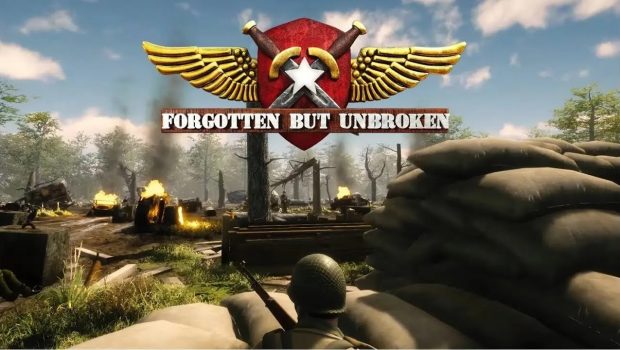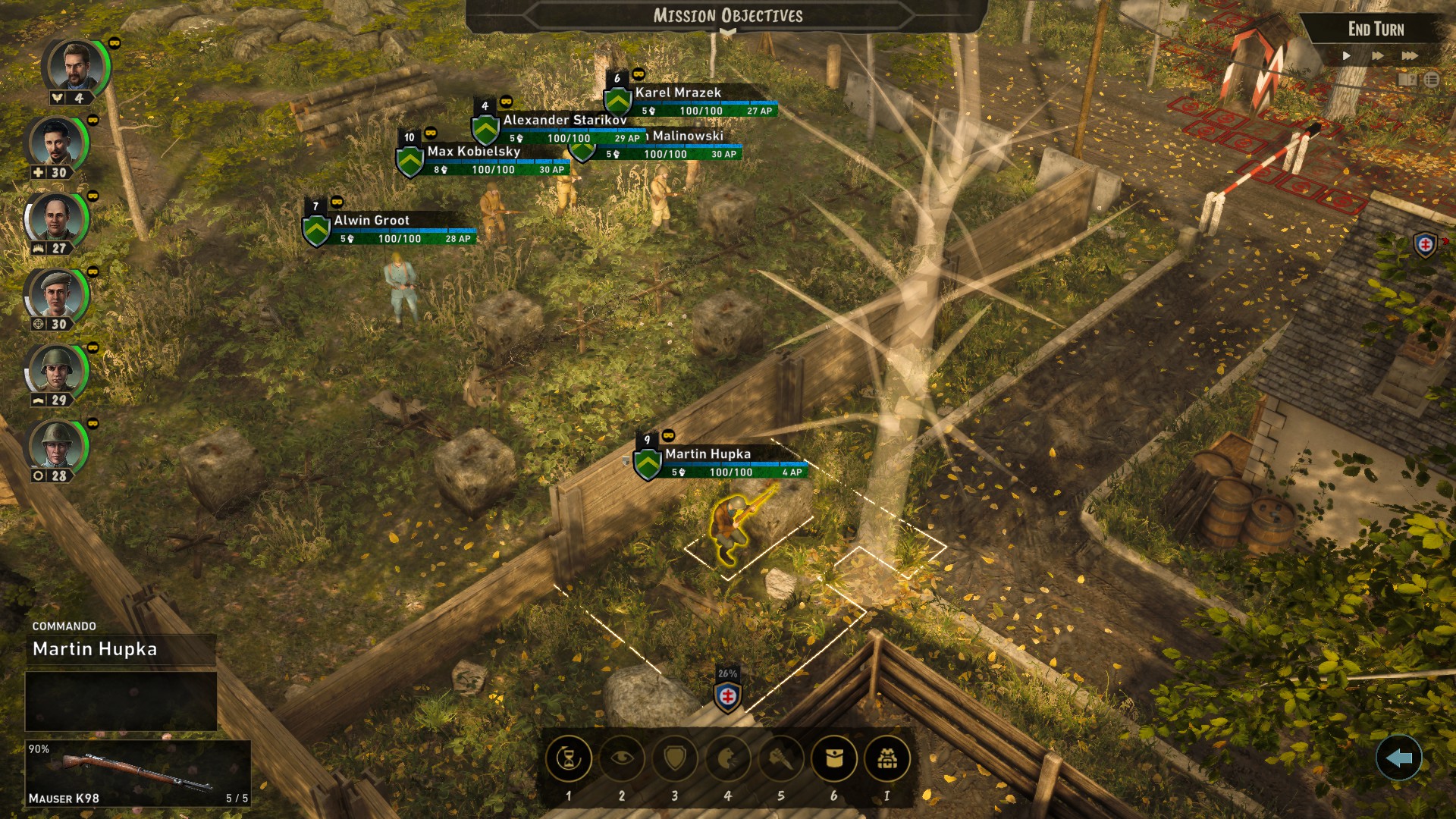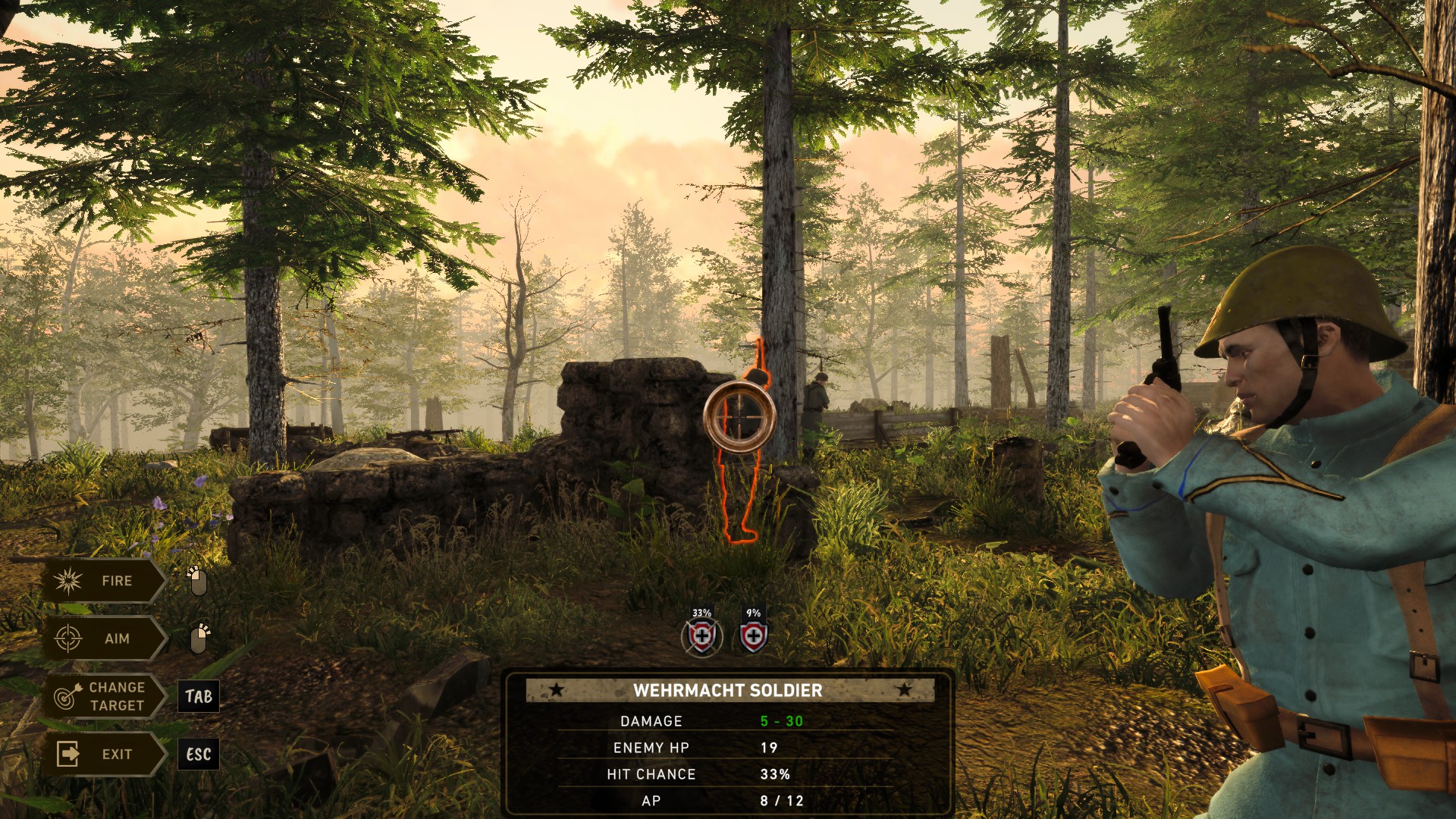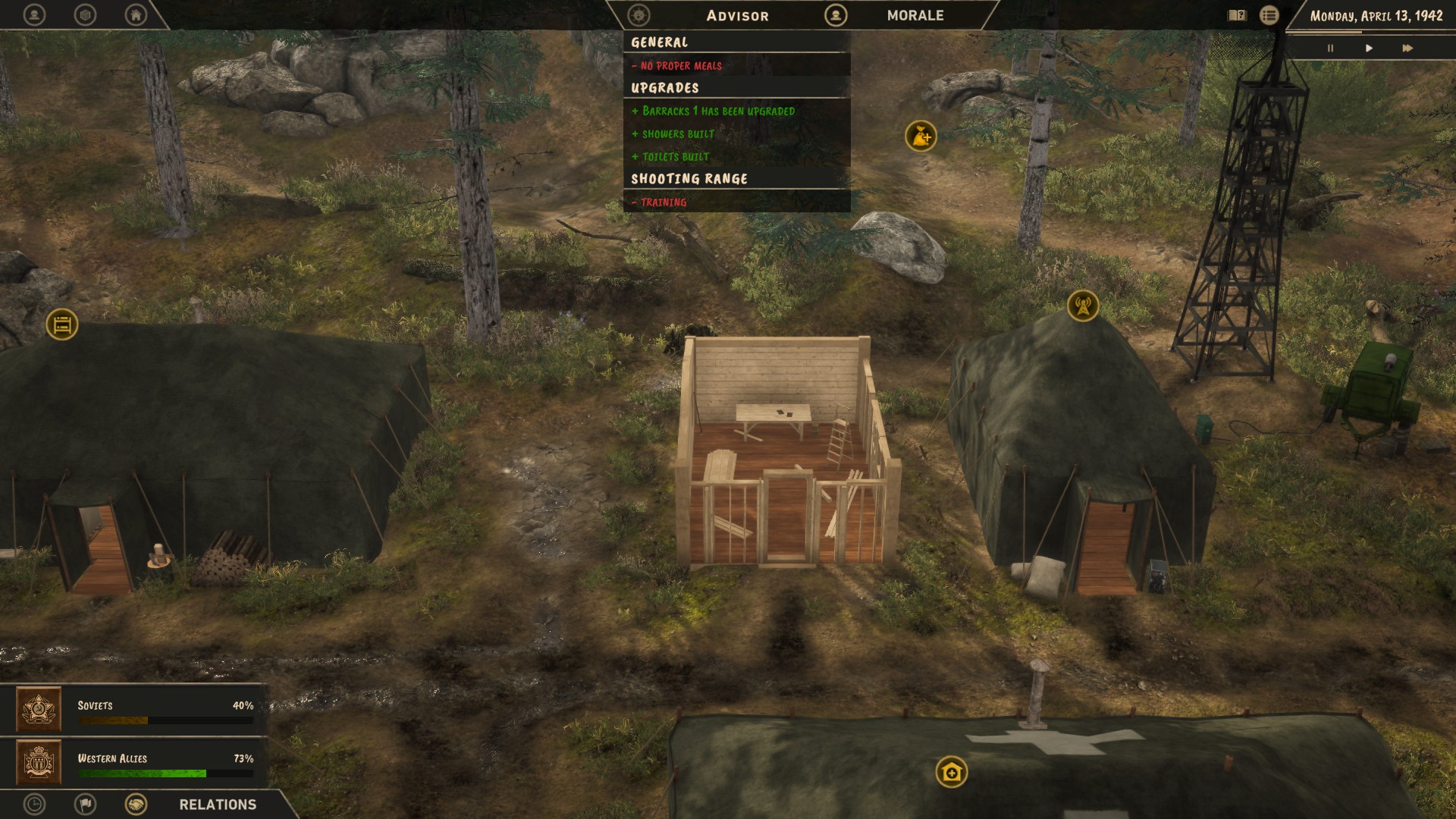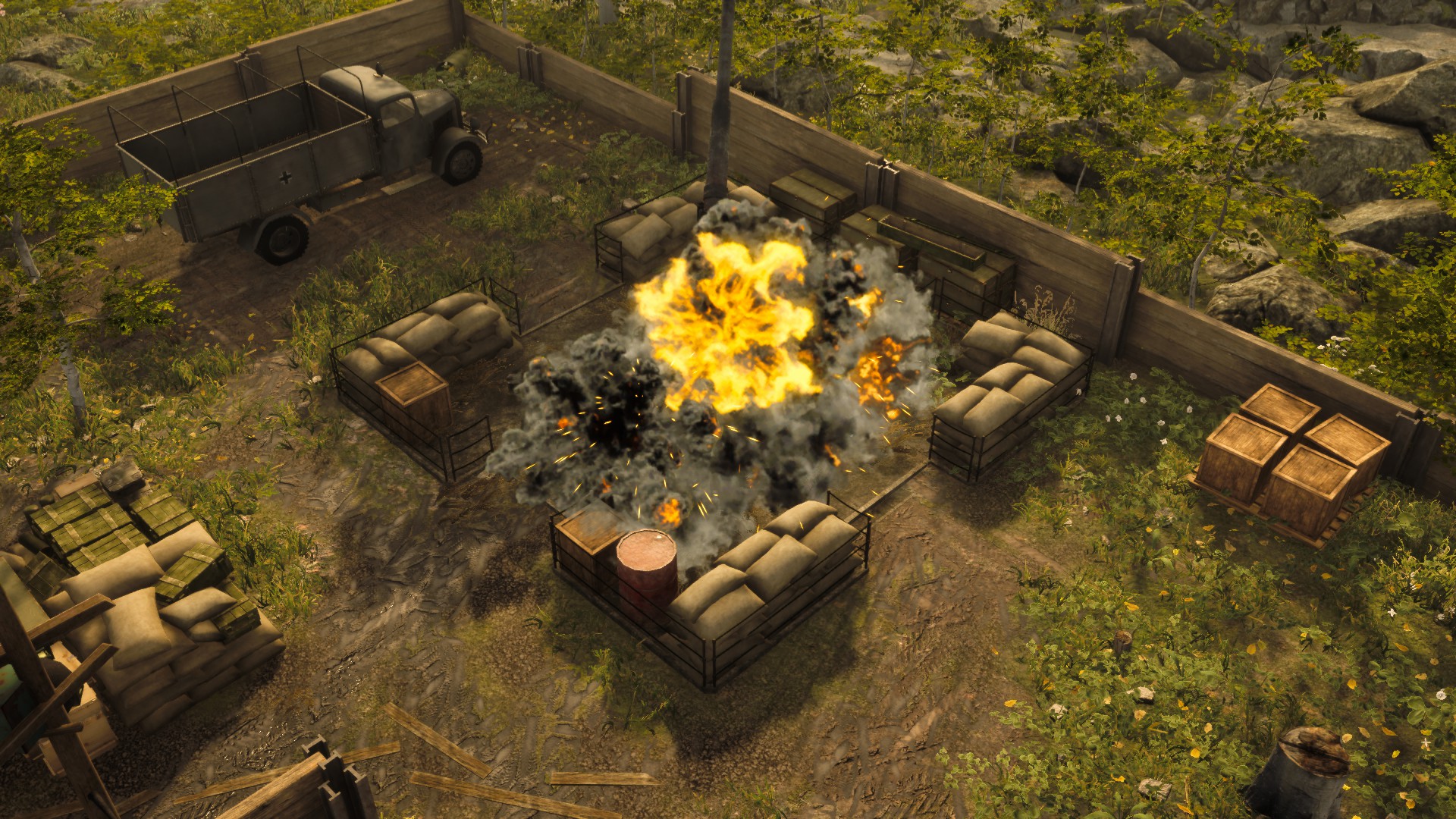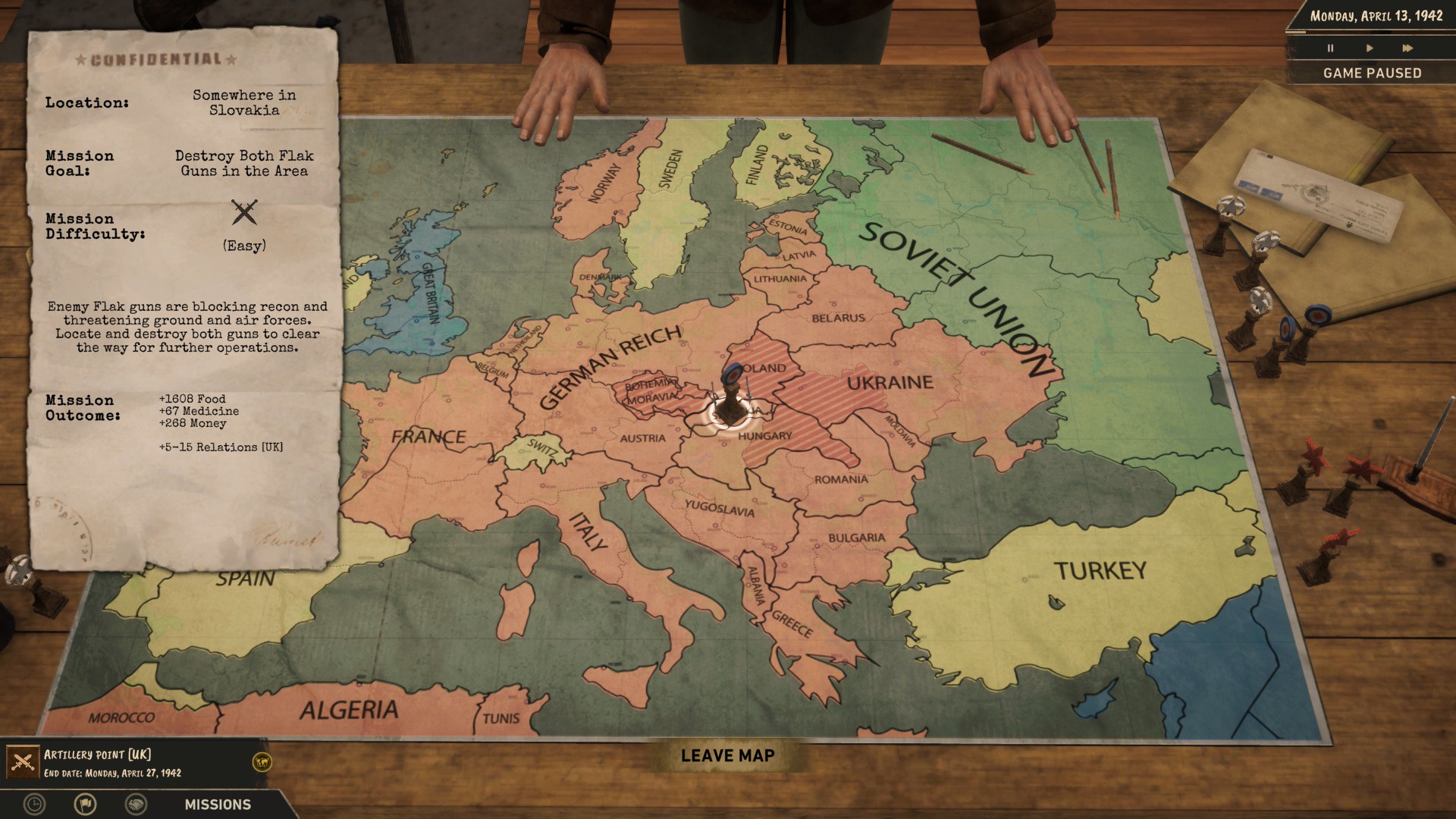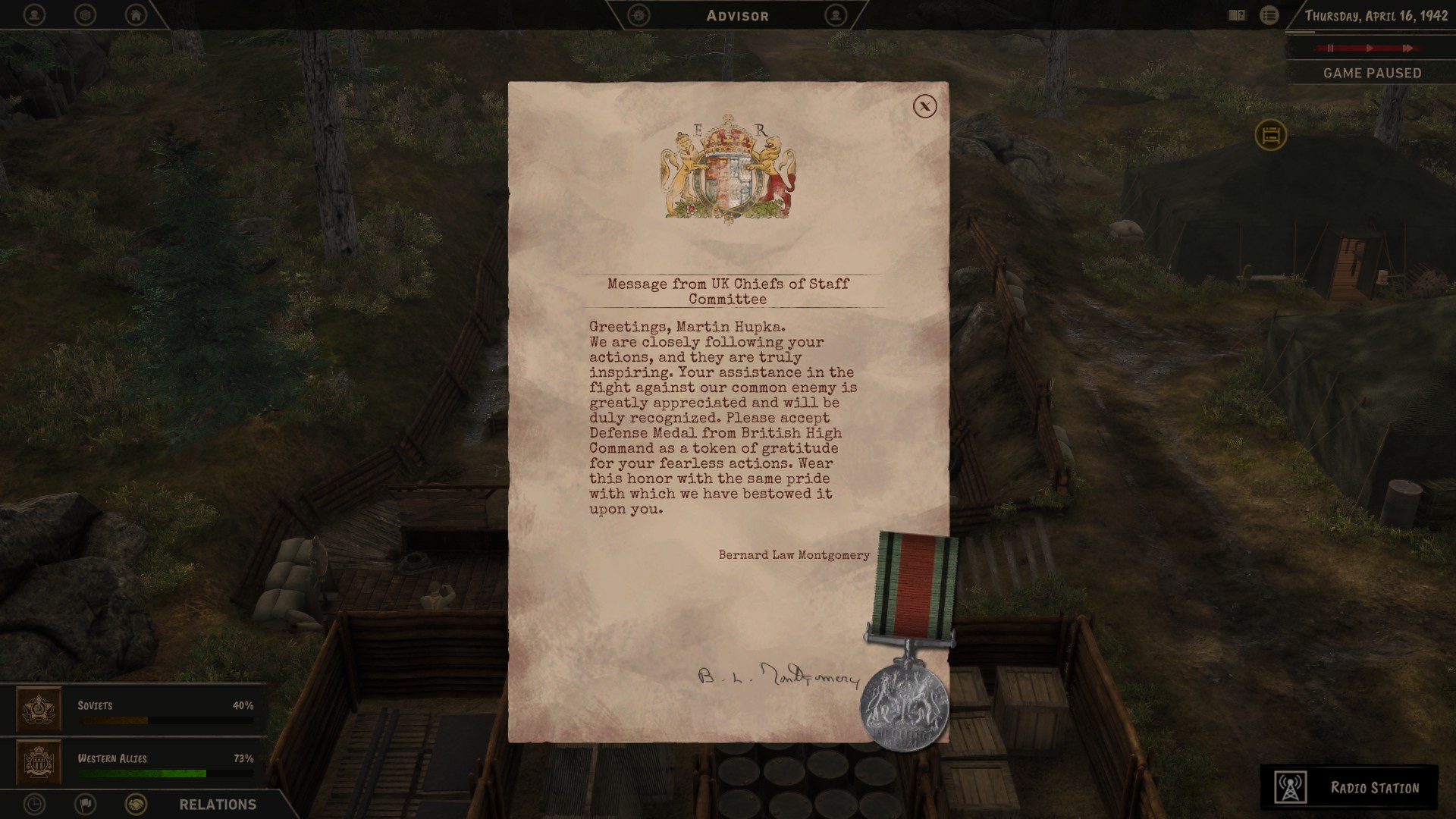Forgotten but Unbroken PC Review
Summary: Forgotten but Unbroken is an amazing turn based strategy game, with unrivaled WW2 realism
4.7
Not Forgotten
As a long-time fan of tactical turn-based games, I’ve navigated countless battlefields in titles like Age of Wonders: Planetfall and Advanced Wars. These games typically deliver fast-paced missions where strategic decisions unfold in rapid succession. However, Forgotten but Unbroken, developed by Centurion Developments, dares to take a different path—one steeped in realism, historical nuance, and a deliberate pacing that mirrors the real struggles of wartime resistance.
This game is not just about combat; it’s about survival, sacrifice, and the weight of leadership during one of history’s darkest periods. By blending classic turn-based tactics with resource management and morale systems, Forgotten but Unbroken offers an experience that’s as challenging as it is thought-provoking.
A New Perspective on War
Forgotten but Unbroken stands apart by focusing not only on battles but also on the intricate dynamics of leading a resistance group during World War II. The game places players in the shoes of Commander Martin, who oversees a multinational band of fighters supported by Allied nations. Unlike most tactical games that thrust players from one battle to the next, this one portrays the war’s slow grind—waiting for intelligence to uncover the next mission, rationing supplies, and managing the well-being of your troops.
Between missions, players take on the role of a leader trying to keep their resistance base running. Tasks like hunting for food, repairing weapons, and cooking are essential to survival. Supplies like firewood and medical kits aren’t just inventory items—they’re lifelines that affect morale, health, and the overall cohesion of the group. Ignoring these needs could lead to desertion, with soldiers abandoning camp out of frustration or despair.
At first, this level of micromanagement felt overwhelming, and I worried it might detract from the core tactical gameplay. But as I delved deeper into the mechanics, I realized the brilliance of this approach. Forgotten but Unbroken doesn’t glorify war; it paints a vivid picture of its hardships. This pacing and attention to detail bring a unique sense of authenticity that I haven’t encountered in similar games.
Turn-Based Combat Done Right
Combat in Forgotten but Unbroken will feel familiar to fans of XCOM, but it introduces its own unique twists. The game uses an action-point system where every movement, shot, or ability consumes points. Initially, I found the high cost of actions—often leaving soldiers with only enough points to move or fire—frustrating. However, I came to appreciate how this mechanic ties into the game’s realistic portrayal of combat.
A new recruit, untested in the heat of battle, can’t be expected to sprint across the battlefield, reload a weapon, and make an accurate shot all in a matter of seconds. Forgotten but Unbroken treats its soldiers as real people, not superheroes. As they gain experience, they become more efficient, capable of achieving more within the same timeframe. This progression system adds a rewarding sense of growth to your squad, making every mission and training session feel impactful.
Stealth mechanics also play a prominent role, with missions often starting in a state of concealment. This allows for silent takedowns and strategic positioning before combat breaks out. When the fighting begins, players must carefully balance offensive maneuvers with defensive tactics, as enemies use cover intelligently and can overwhelm unprepared squads.
One particularly compelling feature is the psychological aspect of combat. Soldiers, both yours and the enemy’s, can panic under heavy fire. This adds an unpredictable layer to battles, as a soldier who’s been reliable all mission might suddenly flee or lose control when under pressure. It’s a reminder of the human cost of war—another theme that permeates the game.
The Challenge of Leadership
Where Forgotten but Unbroken truly excels is in its portrayal of leadership during wartime. Unlike other games where resources are abstracted or endlessly replenished, this game forces players to grapple with tough choices.
As time passes, seasons change, bringing new challenges. Winter, for instance, slows down operations, as leaving camp risks exposure and detection. During these periods, you must ensure your troops have adequate food, firewood, and medical supplies to survive. Neglecting these needs can lead to morale drops, increased sickness, or even death.
The game doesn’t shy away from consequences, either. Sending soldiers to gather resources or hunt may yield nothing, leaving the camp even more vulnerable. Requesting aid from your Allied backers can help, but over reliance or a poor reputation might result in denial, forcing you to find alternative solutions.
This constant balancing act—between the needs of the group and the risks of action—adds a layer of tension that few games achieve. Every decision feels weighty because it could mean the difference between survival and collapse.
Realism Meets Gameplay
The commitment to realism extends beyond the base and into every mission. Enemies are historically accurate, and missions range from stealth infiltration to all-out defenses against waves of troops. One standout moment involved manning a machine gun to repel an overwhelming force, only to realize that my limited ammo meant I couldn’t hold them off indefinitely. These moments require quick thinking and adaptability, hallmarks of great tactical gameplay.
Another feature I appreciated was the interplay between action and consequence. For example, rushing a wounded soldier back into the field might help secure a victory, but it also risks permanent injury or death. Similarly, the game’s dynamic weather and seasonal changes affect both combat and resource management, adding yet another layer of depth.
A Few Rough Edges
While Forgotten but Unbroken excels in many areas, it’s not without its flaws. The pacing, while deliberate and realistic, might feel slow for players accustomed to more action-heavy games. Additionally, the steep learning curve for managing the base and supplies could be daunting for newcomers to the genre.
The visuals and animations, while serviceable, don’t quite match the polish of its AAA counterparts. However, these minor drawbacks are easy to overlook in light of the game’s strong mechanics and storytelling. That being said, the copy of the game I had available to me at the time of this review was pre-launch, and countless patches and updates were released prior to its release to improve the game’s graphics. With that in mind, I’d still consider the graphics to be quite appealing for gamers.
Conclusion: A Remarkable Achievement
Forgotten but Unbroken isn’t just a game; it’s an experience—a deeply immersive portrayal of what it meant to lead a resistance during World War II. By focusing on the human element of war, it delivers a tactical strategy experience that’s both challenging and emotionally resonant.
The blend of base management, resource scarcity, and turn-based combat creates a unique rhythm that rewards thoughtful planning and keen decision-making. While its slower pace and focus on realism might not appeal to everyone, for fans of tactical games seeking something fresh and grounded, Forgotten but Unbroken is a must-play.
It’s a game that respects its players and its subject matter, reminding us that even in war, the quiet moments between battles often define the struggle.


